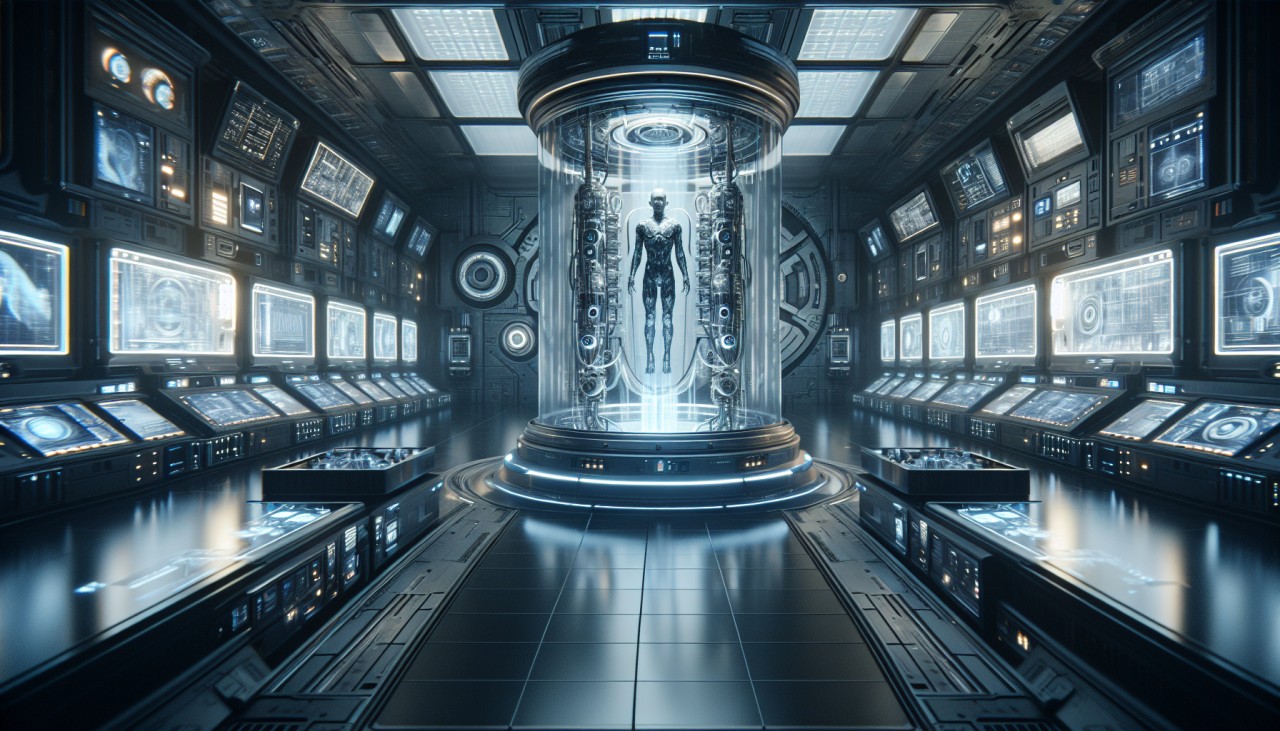


Recent advancements in cryogenic technology have brought the concept of suspended animation, or cryogenic sleep, closer to reality. Traditionally a staple of science fiction, this technology involves preserving a human body at extremely low temperatures with the hope of revival in the future. A significant breakthrough occurred in 2024 when researchers at Fudan University in Shanghai successfully revived human brain tissue that had been frozen for 18 months. This achievement was made possible by a novel cryopreservation method called MEDY, which preserved the structural integrity and functionality of neural cells. The success of this technique has opened new avenues for studying neurological conditions and has sparked discussions about the future of human cryopreservation. stcsm.sh.gov.cn
In parallel, studies on hibernating animals, such as the gray mouse lemur, have provided valuable insights into the mechanisms of suspended animation. These primates can enter a state of hibernation without significantly lowering their body temperature, a process regulated by microRNAs that control gene expression. Understanding these natural processes could inform the development of human hibernation strategies, potentially benefiting long-duration space missions and medical applications. While challenges remain, such as preventing cellular damage during freezing and thawing, ongoing research continues to push the boundaries of what is possible in cryogenic technology. phys.org